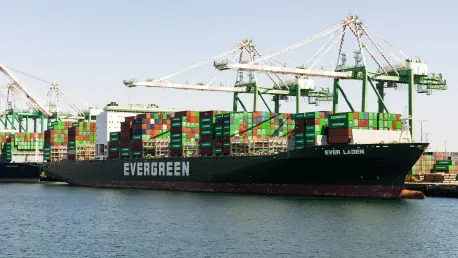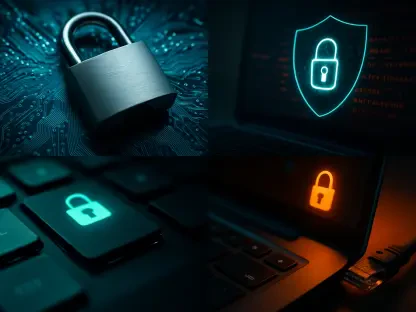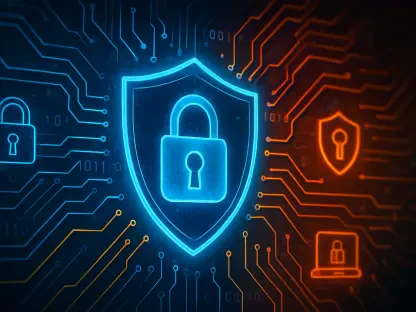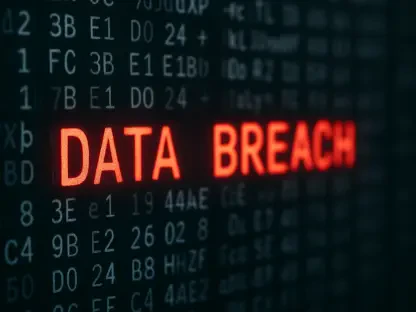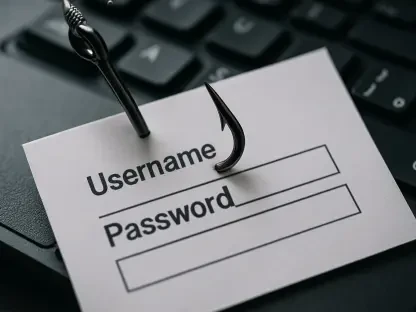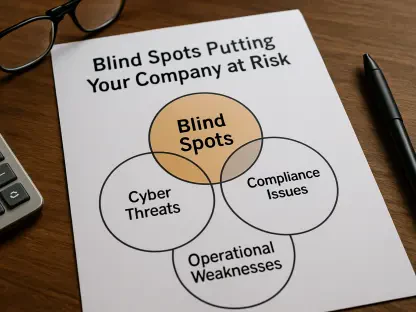The maritime industry is undergoing a significant digital transformation, driven by the need for innovation and efficiency. However, this shift brings with it an increased risk of cyber threats. A recent survey by DNV involving nearly 500 maritime professionals reveals that 61% believe the industry should accept these heightened cyber risks if it means fostering innovation and new technologies. This acceptance of emergent risks is notably higher in the maritime sector compared to other critical infrastructure industries like energy, manufacturing, and healthcare. The maritime sector’s reliance on digital technologies reflects its commitment to progress. However, this adherence to innovation also exposes the industry to sophisticated cyber threats. Managing these risks effectively is paramount to ensuring the sector’s safety, efficiency, and long-term resilience.
Rising Cyber Threats in a Digital Maritime World
As the maritime industry becomes more digital and interconnected, its vulnerability to cyber-attacks increases. According to the survey, 71% of maritime professionals feel their organizations’ industrial assets are more exposed to cyber threats than ever before. Additionally, an equal percentage recognize that their organizational leaders view cyber security as the primary risk to their operations. This heightened awareness underscores the critical need for robust cyber security measures. Knut Ørbeck-Nilssen, CEO Maritime at DNV, emphasizes the necessity for the maritime industry to align its digital transformation and decarbonization ambitions with a strong commitment to cyber security. He highlights that while innovation and progress are vital, managing cyber risks is essential to ensure the resilience of businesses and societies.
The increasing reliance on digital systems within the maritime sector is attributed to various reasons, such as operational efficiency, cost reduction, and environmental sustainability. However, these advancements come with a significant trade-off that necessitates a holistic approach to cybersecurity. While the industry’s stakeholders recognize the urgency, the rapid integration of interconnected systems creates new vulnerabilities that cyber criminals can exploit. In this context, securing maritime infrastructure requires continuous investment in cyber resilience, comprehensive training programs, and collaboration across sectors. Ultimately, embracing digitalization while safeguarding against cyber threats is a complex but indispensable pursuit for the maritime sector.
Opportunities and Risks of Advanced Digital Technologies
The maritime industry’s increasing reliance on advanced digital technologies such as data analytics, the Internet of Things (IoT), artificial intelligence, and high-bandwidth satellite communications presents substantial opportunities. However, these technologies also escalate cyber risk. While 83% of maritime professionals believe their organization has robust cyber security measures, and 71% are confident in their organization’s ability to recover quickly after a cyber-attack, there are signs of overconfidence. Nearly three-quarters of respondents report increased cybersecurity spending, and many organizations have plans to mitigate potential outcomes like asset downtime, operational disruptions, data theft, and physical injuries.
Despite these measures, only 53% of professionals are confident in their organization’s ability to fully identify supply chain vulnerabilities, which is critical given the rise in cyber-attacks targeting supply chains. The interconnectedness of modern maritime operations means that a breach in one area can have cascading effects throughout the entire supply chain. Ensuring robust cyber resilience involves not only protecting primary systems but also securing secondary and tertiary components. By prioritizing comprehensive cyber risk management strategies, the maritime industry can bolster its defenses against multifaceted threats and maintain operational continuity in an increasingly digitalized environment.
The Gap Between IT and OT Security
A significant concern among maritime professionals is the disparity between IT and operational technology (OT) security. OT security pertains to physical assets such as sensors, programmable logic controllers (PLCs), and systems that manage automation, safety, and navigation. According to the survey, 68% believe their organization’s IT security is superior to its OT security. This gap is alarming, as OT systems are crucial for the safe and efficient operation of maritime assets. Furthermore, 76% of professionals feel that their organization’s cyber security training is insufficiently advanced to counter sophisticated threats. This perceived inadequacy is compounded by heightened concerns driven by escalating geopolitical tensions and growing criminal activities, such as ransomware attacks orchestrated by criminal gangs.
Bridging the gap between IT and OT security requires an integrated approach that encompasses both domains. Cyber threats targeting OT systems often aim to disrupt physical operations, leading to significant safety and economic repercussions. Therefore, enhancing OT security necessitates specialized training, rigorous vulnerability assessments, and the implementation of advanced protection mechanisms. Strengthening the synergy between IT and OT security frameworks will empower maritime organizations to proactively address emerging threats and safeguard their critical infrastructure comprehensively.
Addressing Key Cyber Security Challenges
DNV’s report, Maritime Cyber Priority 2024/25: Managing Cyber Risk to Enable Innovation, identifies four central challenges for the sector. First, ensuring access to expert resources capable of integrating cyber security resilience into the design of new systems and vessels. Second, enhancing the ability to detect and respond to OT system threats to minimize operational consequences. Third, clearly defining roles, responsibilities, and resources to continuously handle OT cyber security both aboard vessels and onshore. Lastly, securing the numerous interdependencies and components within complex supply chains.
An overwhelming majority (95%) of maritime professionals advocate for increased collaboration on cybersecurity across critical infrastructure sectors. Svante Einarsson, Head of Maritime Cybersecurity at DNV Cyber, calls for the maritime industry and other critical infrastructure sectors to make significant strides in openly sharing cyber security experiences to collectively develop best practice guidelines. This collaborative approach aims to foster a culture of proactive cyber resilience and collective improvement.
Upcoming Conference on Cyber Security in Maritime
The maritime industry increasingly depends on advanced digital technologies like data analytics, IoT, AI, and high-bandwidth satellite communications, offering substantial opportunities. However, they also heighten cyber risks. Notably, 83% of maritime professionals believe their organizations have strong cybersecurity measures, and 71% are confident in their ability to recover quickly from cyber-attacks, yet there’s evident overconfidence. Nearly three-quarters report heightened cybersecurity spending, with plans to address outcomes like asset downtime, operational disruptions, data theft, and physical injuries.
Despite these measures, only 53% of professionals feel confident in their organization’s ability to identify all supply chain vulnerabilities, critical given the increase in cyber-attacks targeting these areas. The interconnected nature of modern maritime operations means a breach in one sector can cascade through the entire supply chain. Ensuring robust cyber resilience requires protecting primary, secondary, and tertiary components. By focusing on comprehensive cyber risk management strategies, the maritime industry can strengthen defenses against diverse threats and maintain operational continuity in a digital world.
